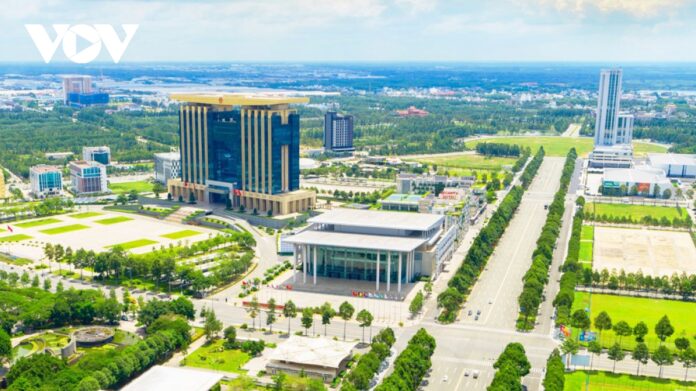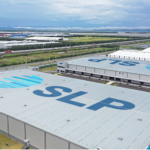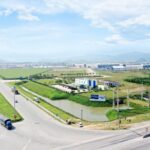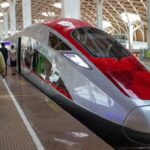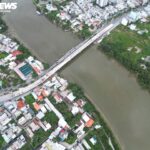Southern Smart City: Transforming Bình Dương’s Urban Landscape
What was once a predominantly agricultural and small-scale industrial province, Bình Dương has undergone a remarkable transformation to become one of Vietnam’s leading industrial hubs, boasting the highest per capita income in the country.
But Bình Dương’s ambitions don’t stop there. By 2050, the province aims to establish itself as a regional and international center for industry, services, and modern urban development. This vision specifically targets southern localities such as Thuận An, Dĩ An, Thủ Dầu Một, and Tân Uyên, which are set to undergo rejuvenation, embracing new urban models aligned with TOD (Transit-Oriented Development) principles.
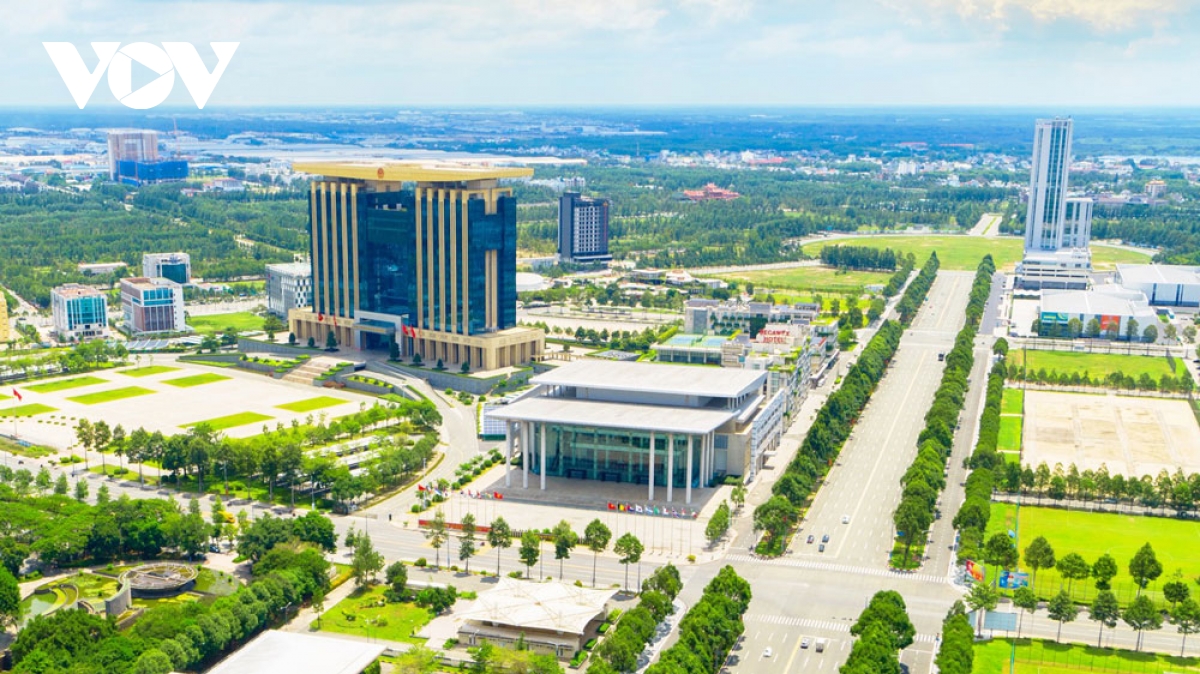
Bình Dương’s new urban center will be a modern, vibrant hub.
To achieve this goal, Bình Dương has meticulously planned the relocation of outdated and environmentally polluting production facilities from the south to concentrated industrial zones in the north. This transition is carefully managed to ensure minimal disruption to businesses.
Mr. Nguyễn Hồng Hải, Chief Architect of Becamex IDC Corporation, commends the province’s forward-thinking vision and urban planning. He highlights the efficient utilization of space and the clear definition of economic axes as standout features of this master plan.
“For the first time, I’ve witnessed a planning board that integrates the entire vision and development goals. The allocation of space for development is meticulously calculated, along with the identification of primary economic axes and dominant economic corridors,” Mr. Hải remarks. “By delineating dynamic economic spaces, determining the relocation of industries, re-organizing urban areas, transforming mobility options for residents, and embracing TOD models, Bình Dương is poised to become a thriving regional hub.”
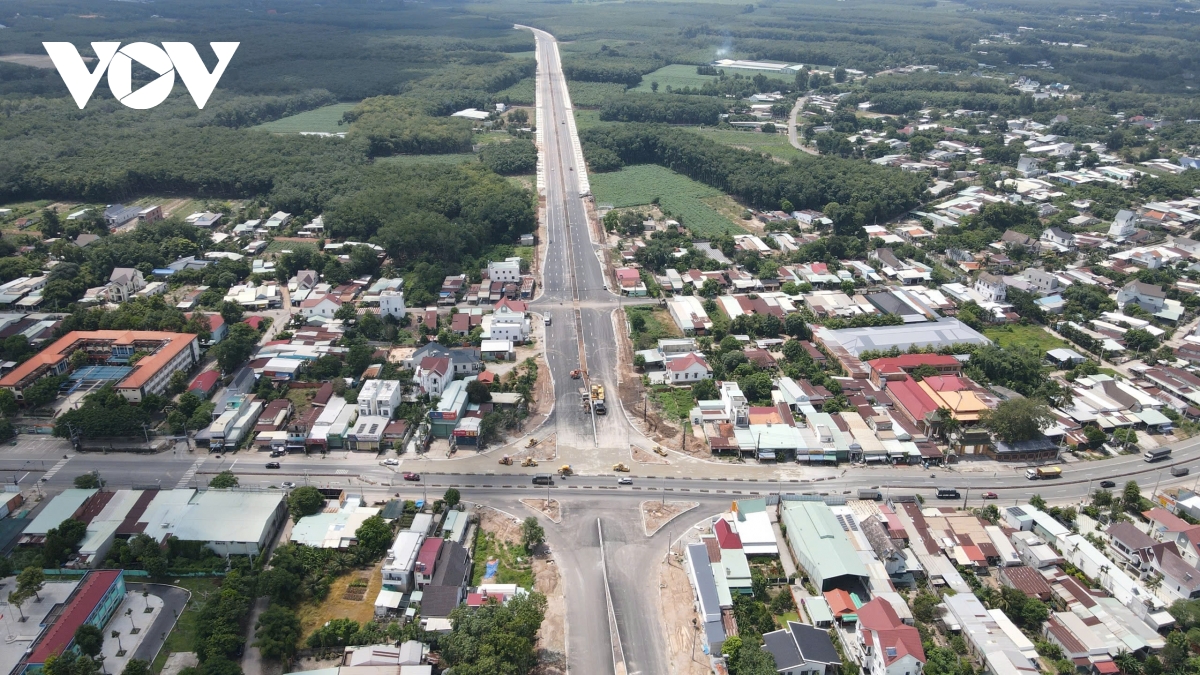
Bình Dương is investing heavily in transportation infrastructure to boost regional connectivity.
To solidify its status as a regional and international hub for industry, services, and modern urban development, Bình Dương is making significant investments in transportation infrastructure. This includes projects like the Ring Road 3 and Ring Road 4, as well as the high-speed route connecting Ho Chi Minh City, Thủ Dầu Một, and Chơn Thành, which will provide efficient links to the Cái Mép-Thị Vải port and the Long Thành airport. Notably, the completion of the road along the Saigon River is expected to be a significant economic catalyst for the region.
Dr. Trần Du Lịch underscores the wisdom of these moves, stating, “Bình Dương is making the right moves to transform itself into a modern and dynamic city. Despite current transportation challenges, the region is leveraging its advantages. The investment in the Mỹ Phước-Tân Vạn road, now part of the Ring Road 3, showcases a strategic vision for enhancing regional connectivity through transportation infrastructure. I believe that the development of Ring Road 3 and Ring Road 4, along with the high-speed route to Ho Chi Minh City, will position Bình Dương very favorably for future growth and regional integration.”
Uplifting the Northern Economy
In tandem with its southern development, Bình Dương is committed to uplifting the economic status of its northern localities, including Bắc Tân Uyên, Phú Giáo, Dầu Tiếng, and Bàu Bàng. To achieve this, the province is prioritizing the establishment of new-generation industrial parks, coupled with eco-friendly services, increased green spaces, and a focus on renewable energy.
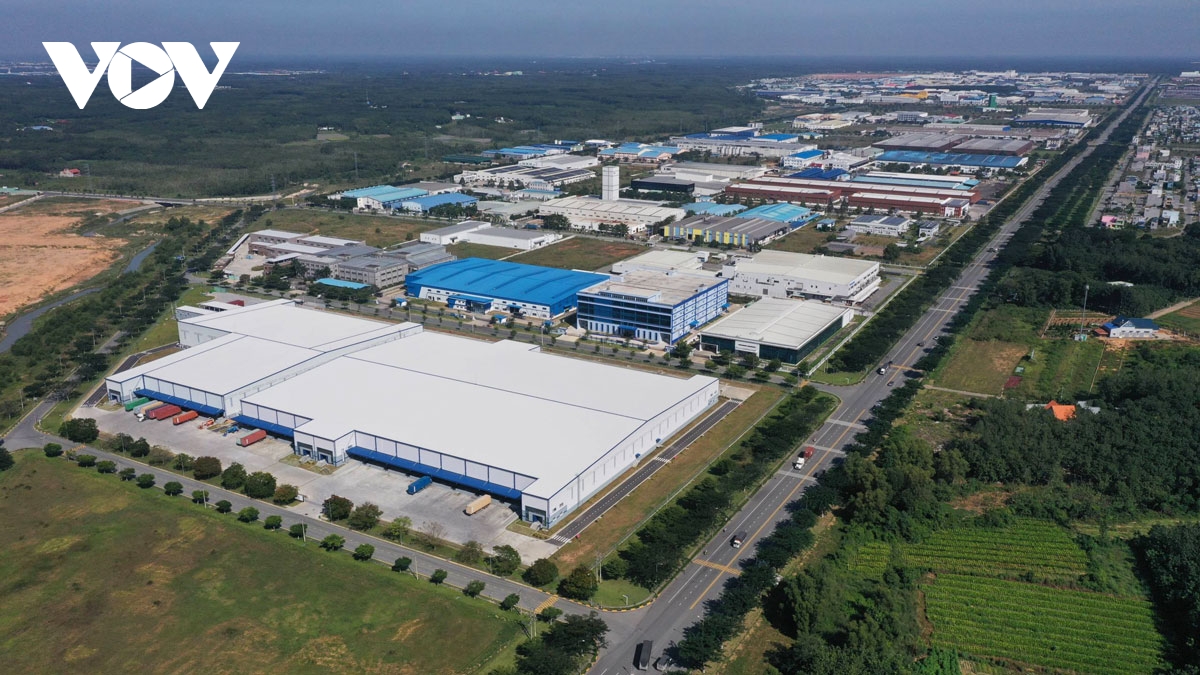
Northern Bình Dương is expanding its industrial zones to boost economic growth.
Bàu Bàng district exemplifies this transformation. In a short span, it has evolved from an agrarian locale to an industrial powerhouse.
In addition to the existing Bàu Bàng Industrial Park, spanning over 2,000 hectares, the district is developing the Cây Trường and Lai Hưng industrial zones, heralding the creation of a modern and sustainable industrial ecosystem.
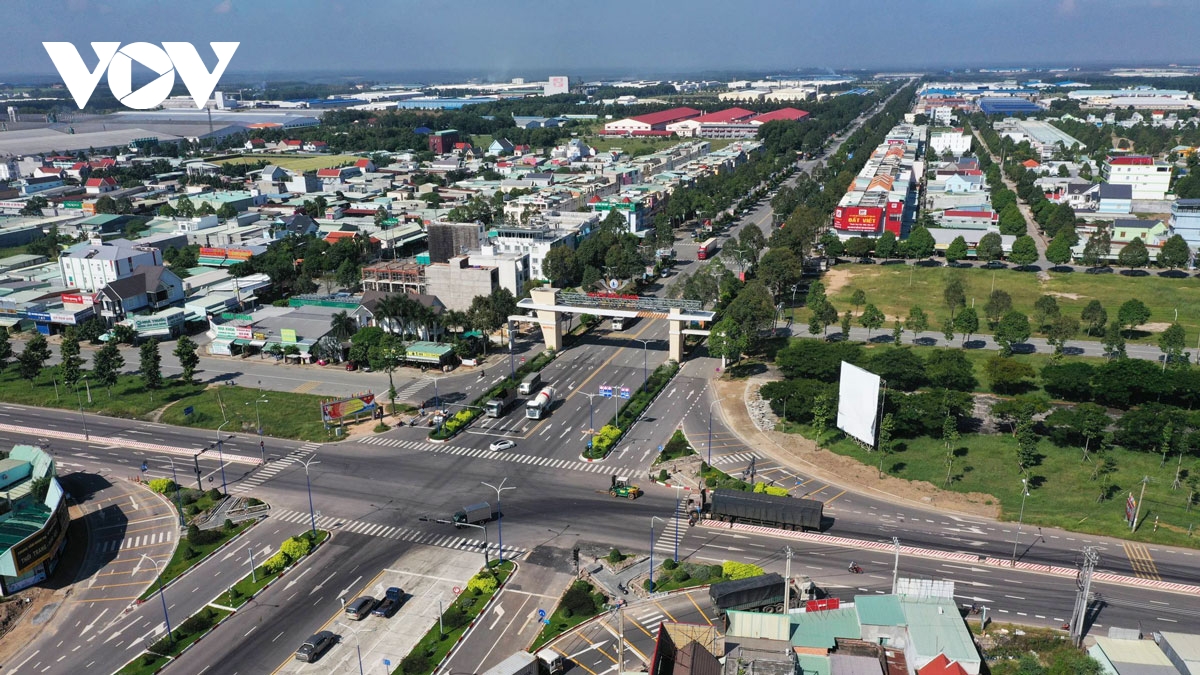
Bàu Bàng’s remarkable industrial growth over the last decade
To date, Bàu Bàng has attracted over 1,500 investment projects, totaling more than $4.6 billion in capital, into the Bàu Bàng Industrial Park. This industrial development has significantly enhanced the local population’s standard of living, as evidenced by the substantial decrease in poverty rates.
Mr. Võ Thành Giàu, Chairman of the Bàu Bàng People’s Committee, shares, “To attract more investors, we are constantly improving the business environment. We have implemented plans and programs to ensure a stable legal framework for businesses, along with streamlining administrative procedures to facilitate their operations.”
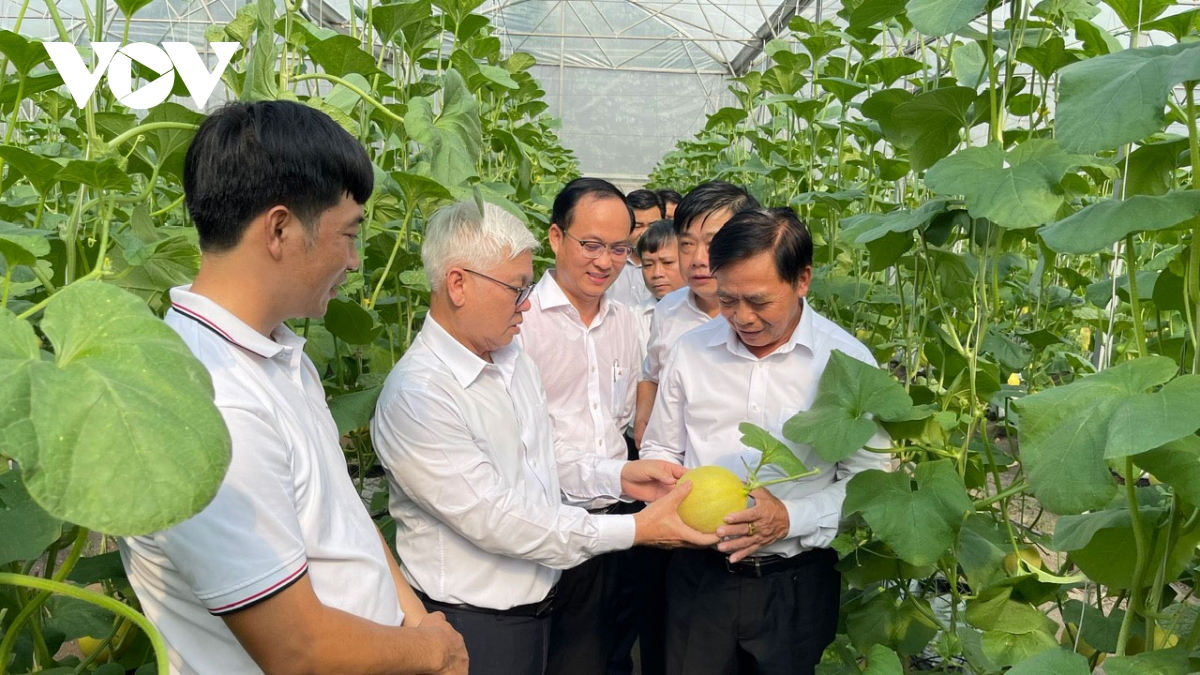
Phú Giáo has transformed into a hub for high-tech agriculture.
Once known for its vast rubber plantations, Phú Giáo district is now a burgeoning center for high-tech agriculture and industry. The emergence of modern farms like U&I and Phú An Khương, along with the Kim Long watermelon cooperative, underscores the district’s ascendancy in this sector.
According to the master plan, Phú Giáo will allocate 4,700 hectares for the development of the Tam Lập and VSIP 4 industrial zones. A key focus of this industrial development is the establishment of green and sustainable industrial parks, integrated with urban services. The district aims to attract high-tech, clean industries while reducing the emphasis on labor-intensive manufacturing, thereby increasing the value of its products.
Mr. Nguyễn Quang Trinh, Vice Chairman of the Phú Giáo People’s Committee, comments, “We are mobilizing resources and efficiently utilizing the allocated budget to invest in approved projects and infrastructure. Our priority is to develop and upgrade key transportation routes that connect the region, fostering economic growth and social development. We are also committed to effective land clearance, compensation, and resettlement processes to expedite the implementation of projects in the district, especially those with significant impact.”
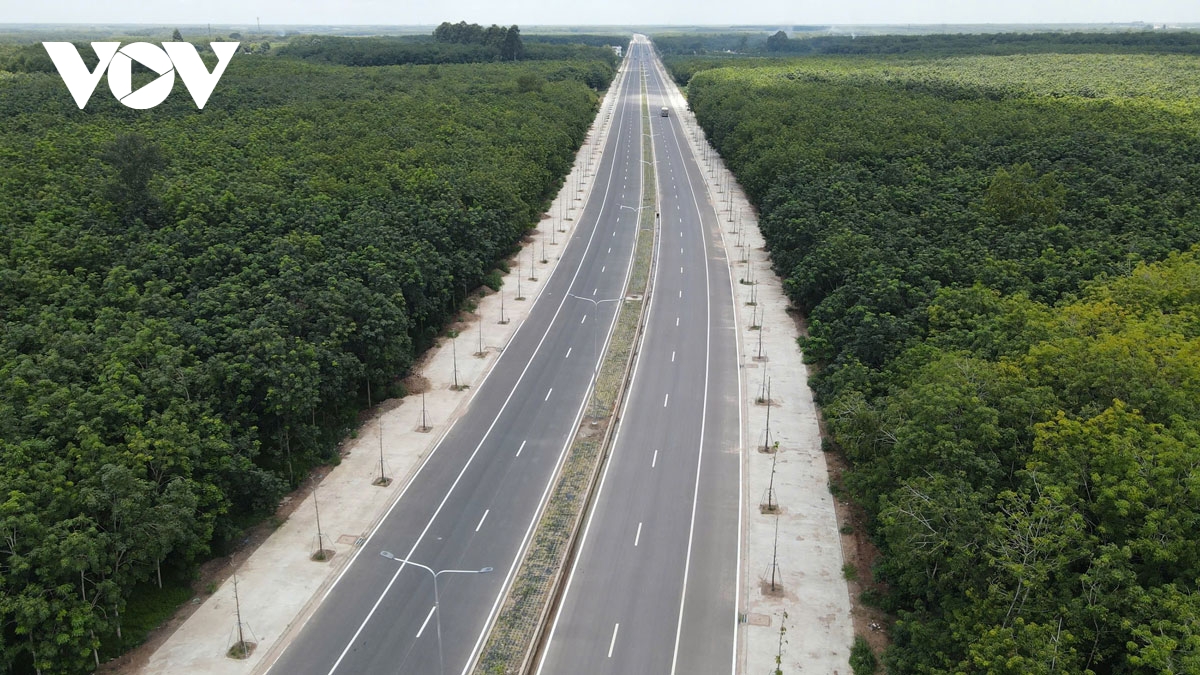
The Bắc Tân Uyên-Phú Giáo-Bàu Bàng road will boost economic development in the region.
Bình Dương’s strategic direction is a testament to its foresight. Having already achieved significant success in transitioning from an agricultural and small-scale industrial economy to an industrial powerhouse, the province continues to innovate and adapt. This long-term vision and commitment to building a sustainable future position Bình Dương as a pivotal growth driver for Vietnam.
Northern Vietnam’s Industrial Revolution: SLP’s Strategic Infrastructure Vision
Northern Vietnam is witnessing an unprecedented surge in industrial growth, and SLP is at the forefront of this transformation. With a keen eye for innovation and sustainability, SLP is developing cutting-edge facilities that meet the rising demands of global businesses while also ensuring a reduced environmental footprint. This forward-thinking approach positions Northern Vietnam as an attractive hub for international companies seeking modern infrastructure and a sustainable future.
High-Speed Rail Tickets for the North-South Route as Low as 1,000 VND per km?
The Parliamentary Economic Committee has proposed an interesting suggestion to increase the feasibility and effectiveness of the high-speed North-South railway. They suggest that by reducing the ticket prices to 60-70% of airline prices, the railway could become a more attractive and viable option for travelers. This proposal warrants further exploration as it could significantly impact the transportation industry and passenger preferences.
“MP Hoang Van Cuong: There’s No Reason to Omit the Nam Dinh Station from the High-Speed North-South Railway Line”
“There is no justifiable reason to exclude Nam Dinh from the proposed high-speed North-South railway line,” asserted National Assembly Deputy Hoang Van Cuong, emphasizing the historical and current significance of the province in the country’s railway network. The province’s strategic location and transport connections make it an indispensable link in the upcoming high-speed rail project, which aims to revolutionize inter-regional travel in Vietnam.


![[Photo Essay]: Experts, Managers, and Businesses Unite to Forge a Path Towards Sustainable Green Industry](https://xe.today/wp-content/uploads/2025/07/z678592918-218x150.jpg)






















